We take a trip to Tokyo’s Islam Alley and find a world of sweets we never knew existed
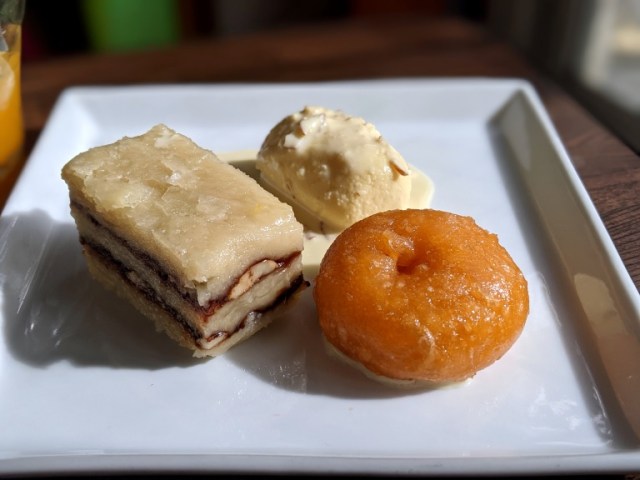
Mr. Sato broadens his palate and his perspective at the same time.
With coronavirus vaccination numbers up and infection numbers down, life is slowly returning to its pre-pandemic way in Tokyo. And while our reporter Mr. Sato may not be ready to hop on a plane and travel overseas just yet, his taste buds have been crying out for something from beyond the borders of Japanese cuisine.
To satisfy those cravings, he took a stroll over to Tokyo’s Shin Okubo neighborhood. While it’s most famous as Japan’s liveliest center for Korean food and pop culture, there’s also a side street in Shin Okubo that locals have dubbed “Islam Alley” for its collection of Indian, Pakistani, and Middle Eastern specialty shops.
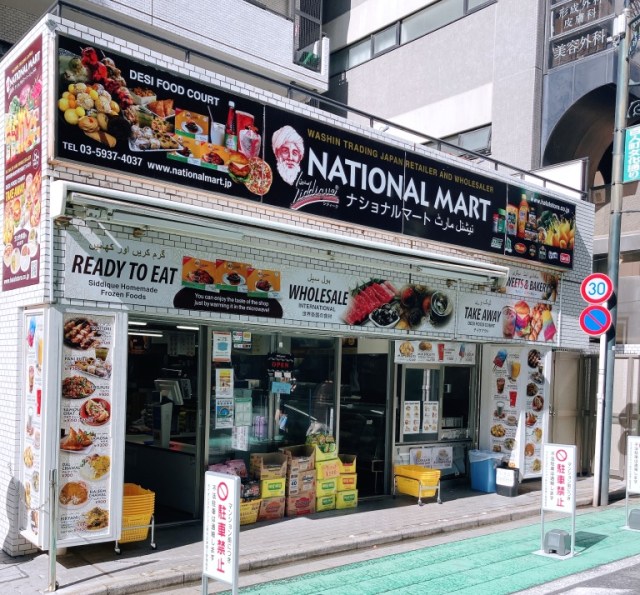
Mr. Sato’s destination on this snack run was the Siddique National Mart Shin Okubo branch, which opened in August as an offshoot of the Siddique Indian/Pakistani restaurant chain.
▼ The store on opening day
はじめて、【公式】シディークナショナルマート新大久保店です
— 【公式】シディークナショナル マート
お陰様で8月18日(水)オープン致しました
JR新大久保駅より徒歩1分、イスラム横丁。
パキスタン、インド、ベトナム、トルコ、タイなど世界各国の食材、雑貨を取り揃えてお待ちしてます#新大久保#シディークナショナルマート pic.twitter.com/VOJZFvKvV2
新大久保店 (@na_mart_sn) August 19, 2021
In addition to various imported ingredients, the market also has a food court with adjacent outdoor terrace seating.
▼ The menu has plenty of pictures, for the benefit of customers who are newcomers to things like dal chawal and falooda.
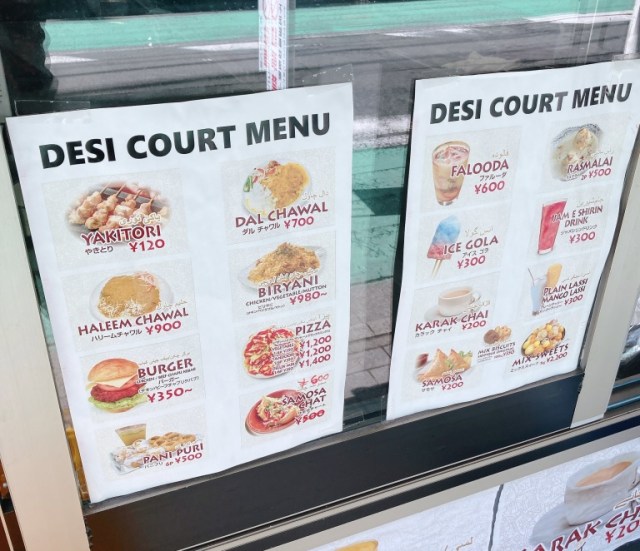
But Mr. Sato skipped those offerings and headed to the dessert counter, where he was greeted with an array of sweets in all manner of colors and shapes, as tempting to him as they were unfamiliar.
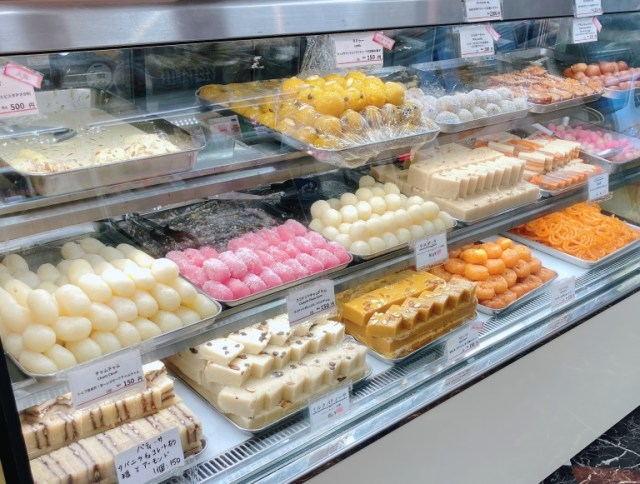
They were all neatly arranged in their own trays, with a thoughtful written description of their ingredients. After looking over his options, Mr. Sato picked out three to bring back to SoraNews24 headquarters and try.
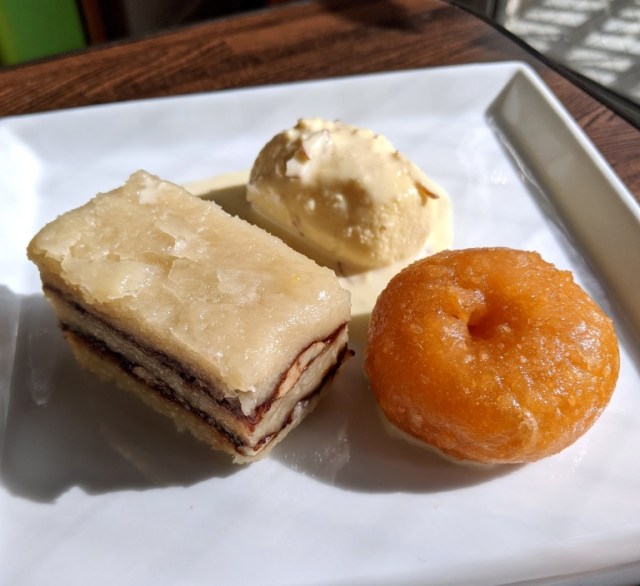
He started with the balushahi (150 yen, US$1.30). Though its bright color might have you thinking it’s a candied apricot, it’s actually a donut-like fried bread.
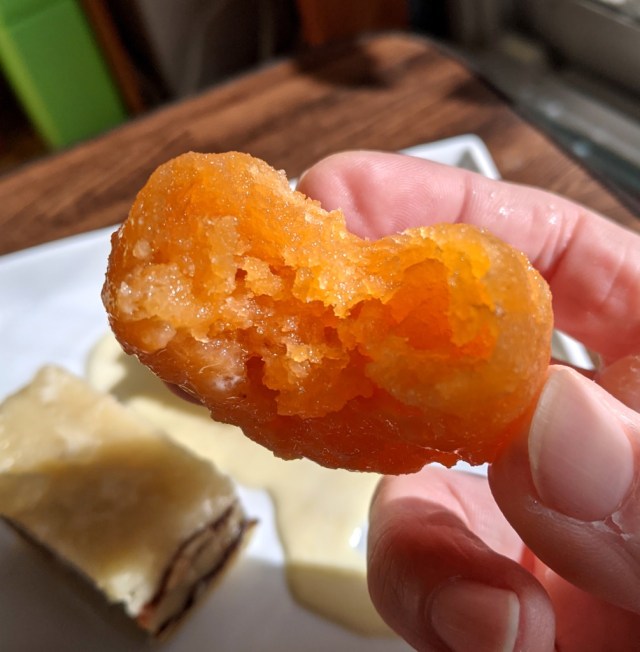
Because of its vibrant hue, Mr. Sato had braced himself for something simplistically saccharine, but it turned out to have an intriguingly refreshing and complex flavor profile with both sweet and tangy notes, reminding him of tamarind, a sour-sweet tropical fruit, plus a pleasing crispness to the dough’s outer layer.
Also priced at 150 yen was the patisa.
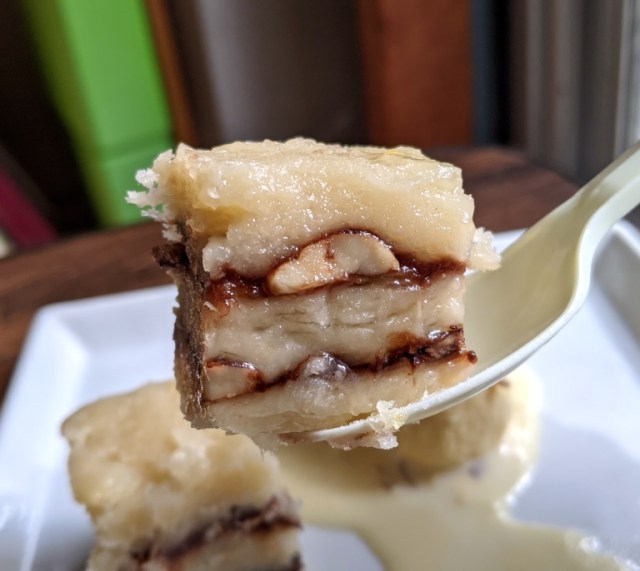
This flaky dessert was especially crispy, making Mr. Sato think of traditional Japanese amezaiku hard candy. The ingredients were listed as “vanilla, chocolate, sugar, and almonds,” but the flavor was actually quite balanced and sophisticated, especially with the nice-sized almond chunks on the inside.
And finally there was the ras malai.
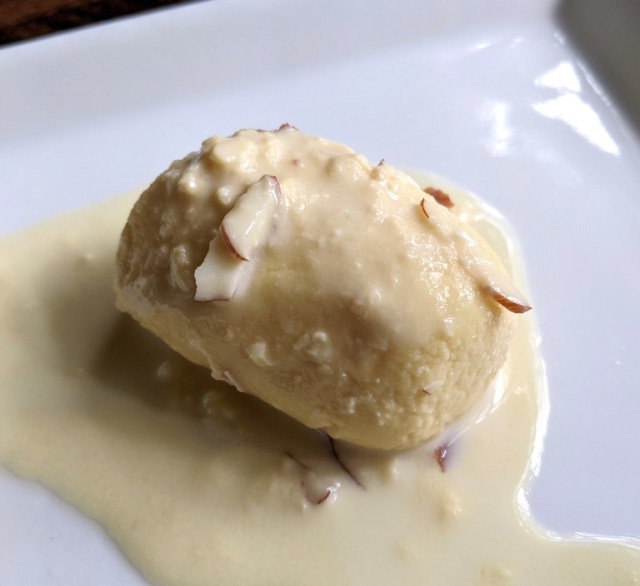
Priced at two for 500 yen, this is the top seller at the market’s dessert counter, and also the biggest cultural adventure for Mr. Sato’s palate on this day. In contrast to the hard textures of the balushahi and patisa, the ras malai was remarkably soft, similar in consistency to Japanese tofu.
That’s because ras malai is made by soaking bite-sized balls of chhena, a type of non-aged cheese curd, in cream and boiling them. Siddique also adds almond milk and pistachio flavors. The result is a flavor that almost reminded Mr. Sato of some sort of Japanese or European-style dessert he may have eaten, but after several minutes of trying to figure out exactly what, he came to understand that he’d never before had anything quite like ras malai.
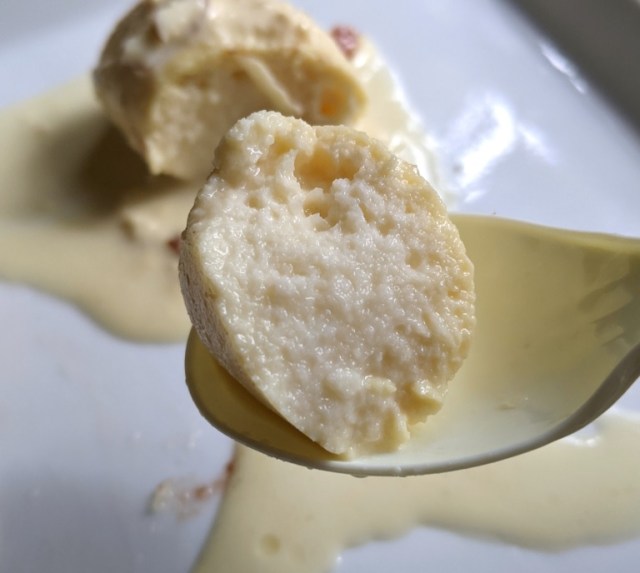
Thinking back to how many other desserts Siddique had on display, Mr. Sato reflected on how much more there still is for him to learn about this sector of sweets culture. Thankfully, Shin Okubo isn’t far at all from our office, and even if you’re not in the neighborhood, Siddique has an online store too.
Shop information
Siddique National Mart (Shin Okubo branch) / シディークナショナルマート(新大久保店)
Address: Tokyo-to, Shinjuku-ku, Hyakunin-cho 2-9-15
東京都新宿区百人町2丁目9-15
Online store
Photos: ©SoraNews24
● Want to hear about SoraNews24’s latest articles as soon as they’re published? Follow us on Facebook and Twitter!
Credit:



0 comments:
Post a Comment